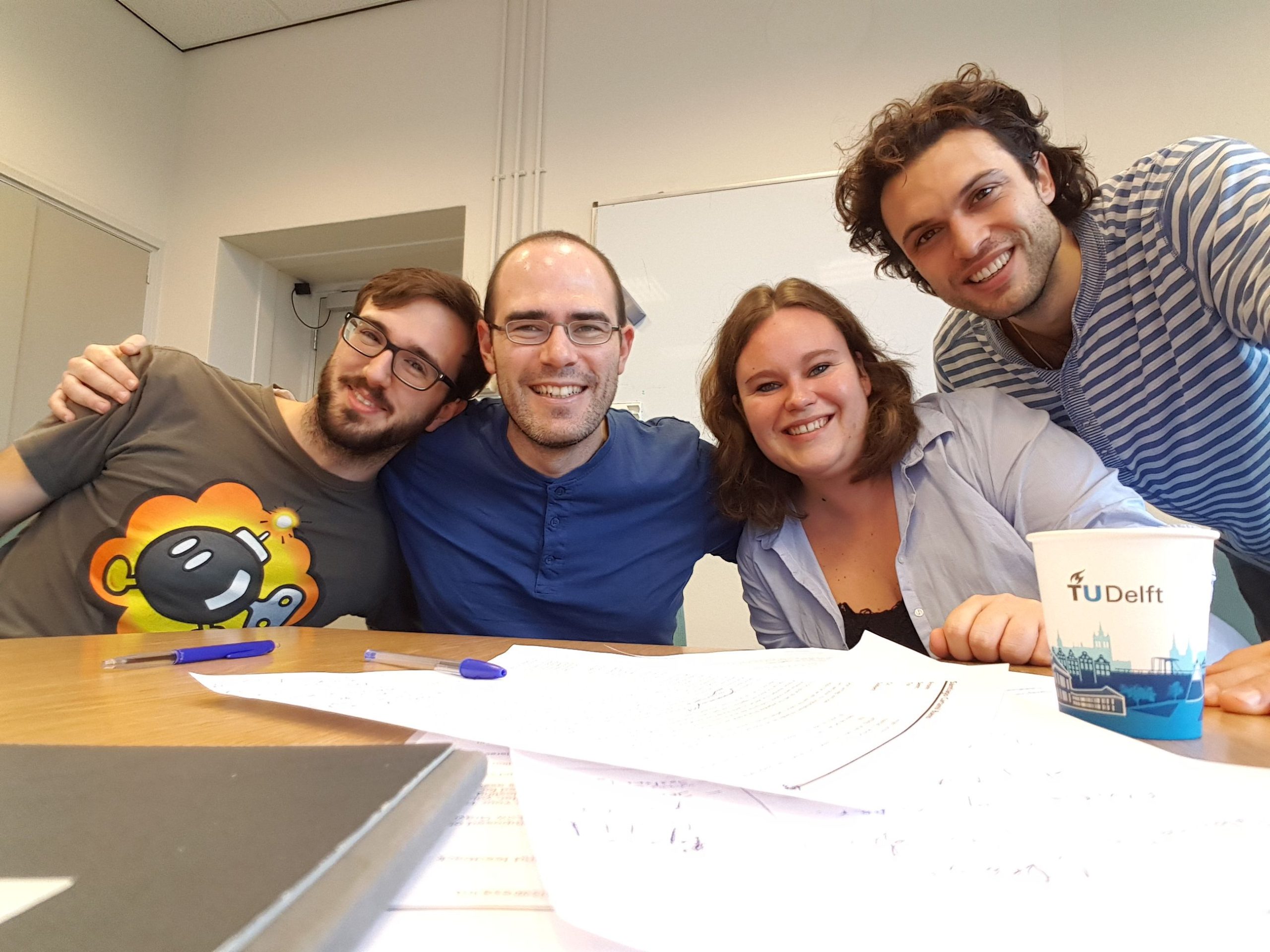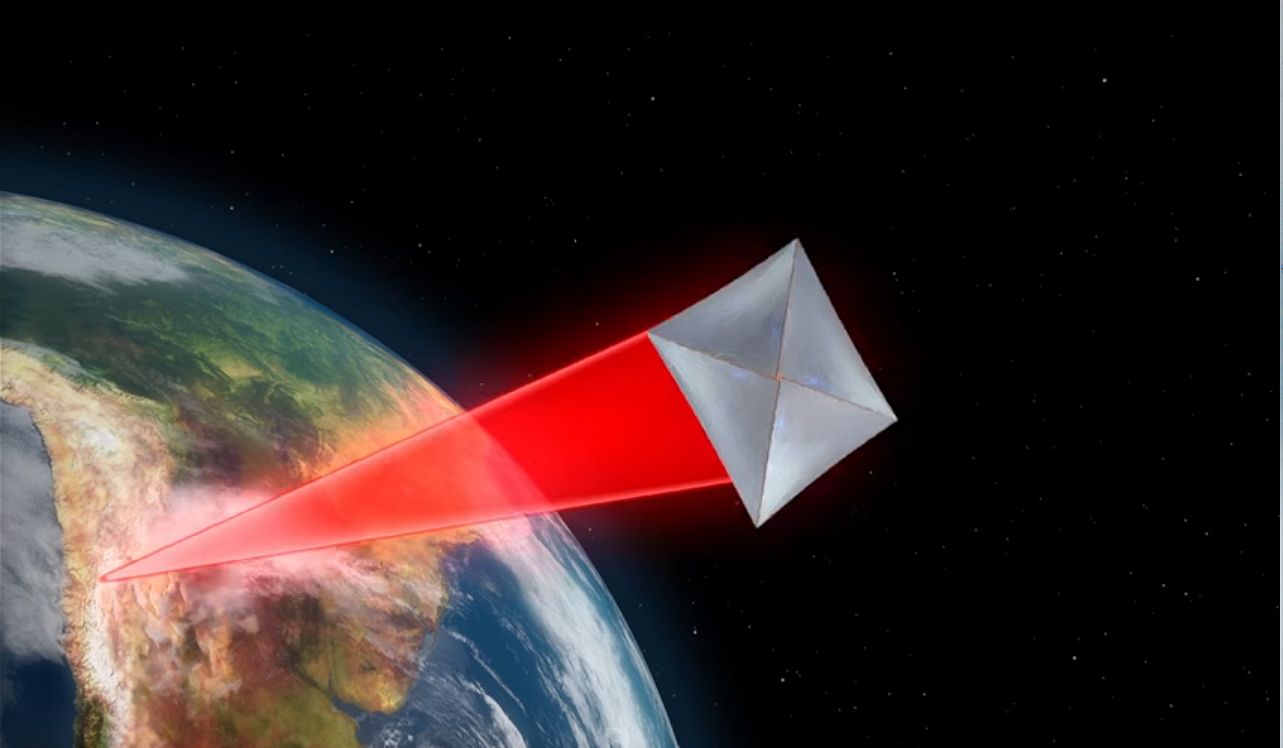The GrapheneX team from Delft has won access to the ZARM drop tower in Bremen, Germany. The team will measure the pressure of light on a piece of graphene during free fall.
Just like another team from Delft, called The Ferros, the GrapheneX team was one of the winners in the ‘Drop your Thesis 2017’ competition organised by the European Space Agency’s (ESA) Education Office (DYT-2017). ESA asked for interesting experiments in microgravity, which can be achieved in the ZARM drop tower in Germany with its height of 146 metres.
GrapheneX’s proposal entails dropping a capsule including cameras, lasers and a free floating piece of graphene down the tower. In theory, the radiation pressure from the laser should move the free-floating piece of graphene by two millimetres relative to the rest of the setup over the time of the fall (about nine seconds).
The whole experiment will be housed in a barrel with an 80 centimetres diameter and three metre length. At the start of the experiment, the barrel will be catapulted upwards, after which it will rise to the top of the tower and fall back. During that time, the gravity inside the barrel will be a fraction of normal.

“We only get five shots,” said Vera Janssen. She is one of the team members and PhD candidates at Dr. Herre van Zant’s laboratory at the Faculty of Applied Sciences. “That means that we will have to prepare the experimental setup extremely well.” Together with PhD candidates Rocco Gaudenzi, Davide Stefani and Santiago Cartamil-Bueno, she will prepare the mission which is planned for November 2017. Buying the lasers, designing and testing a release mechanism for the pieces of graphene and the construction of a vacuum chamber are just a few of the many tasks ahead.
Cartamil-Bueno considers graphene to be a good candidate material for solar sails. Sailing in space, by harvesting the pressure of photons, is considered as an alternative propulsion for distant space missions. The Breakthrough Starshot project, for example, aims for gram-sized satellites powered by light sails. Driven by gigawatt lasers, such a microsatellite could be accelerated up to 20% of the speed of light and reach our neighbouring star Alpha Centauri in 20 years’ time.
The Japanese space mission Ikaros was the first to successfully use a solar sail in space in 2010.
Material for solar sails must be extremely light and be highly reflective. There are competing theories on the mechanisms for the transfer of momentum by photons onto graphene. Using different colours of lasers during subsequent drops down the ZARM tower, the GrapheneX team aims to find out which theory fits the measurements best.
Follow the team’s progress on their Facebook page



Comments are closed.